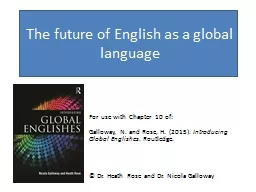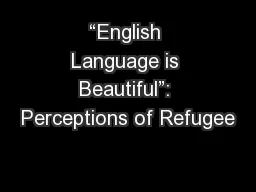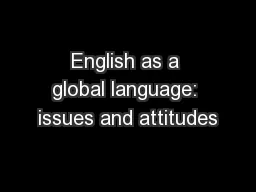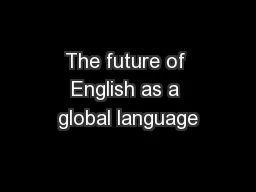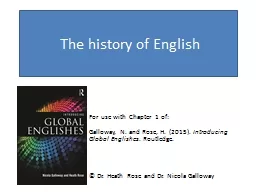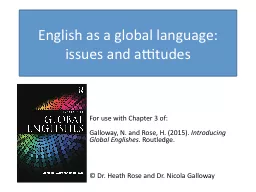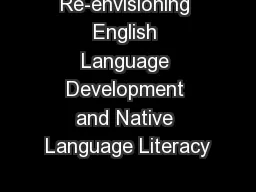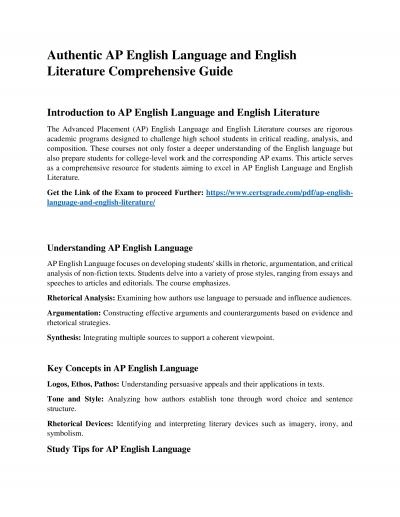PPT-The future of English as a global language
Author : stefany-barnette | Published Date : 2019-11-25
The future of English as a global language For use with Chapter 10 of Galloway N and Rose H 2015 Introducing Global Englishes Routledge Dr Heath Rose and Dr Nicola
Presentation Embed Code
Download Presentation
Download Presentation The PPT/PDF document "The future of English as a global langua..." is the property of its rightful owner. Permission is granted to download and print the materials on this website for personal, non-commercial use only, and to display it on your personal computer provided you do not modify the materials and that you retain all copyright notices contained in the materials. By downloading content from our website, you accept the terms of this agreement.
The future of English as a global language: Transcript
Download Rules Of Document
"The future of English as a global language"The content belongs to its owner. You may download and print it for personal use, without modification, and keep all copyright notices. By downloading, you agree to these terms.
Related Documents

